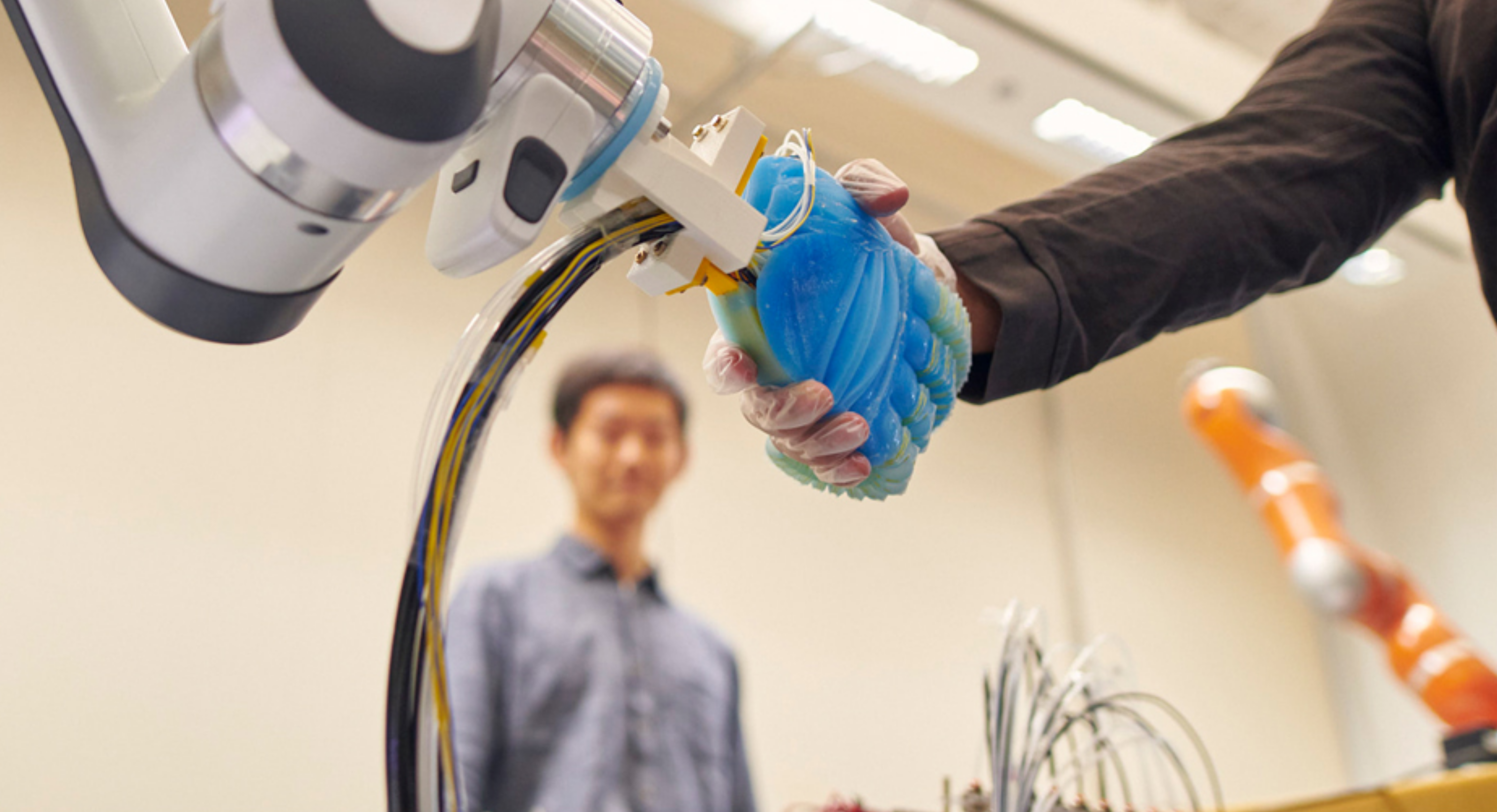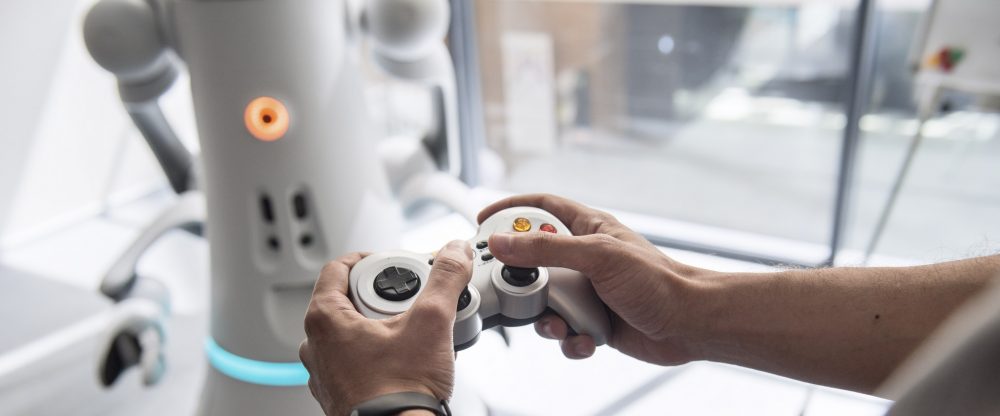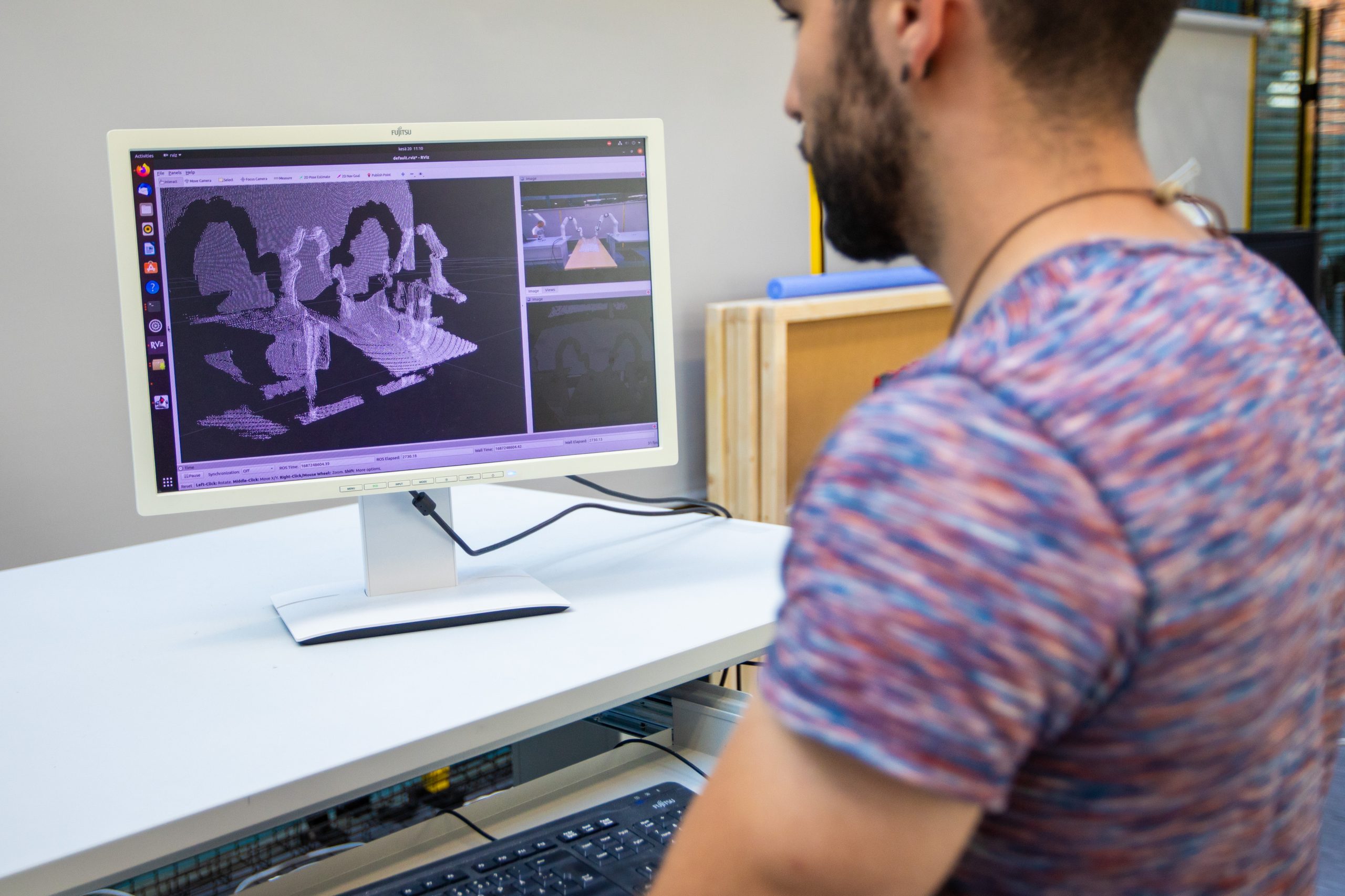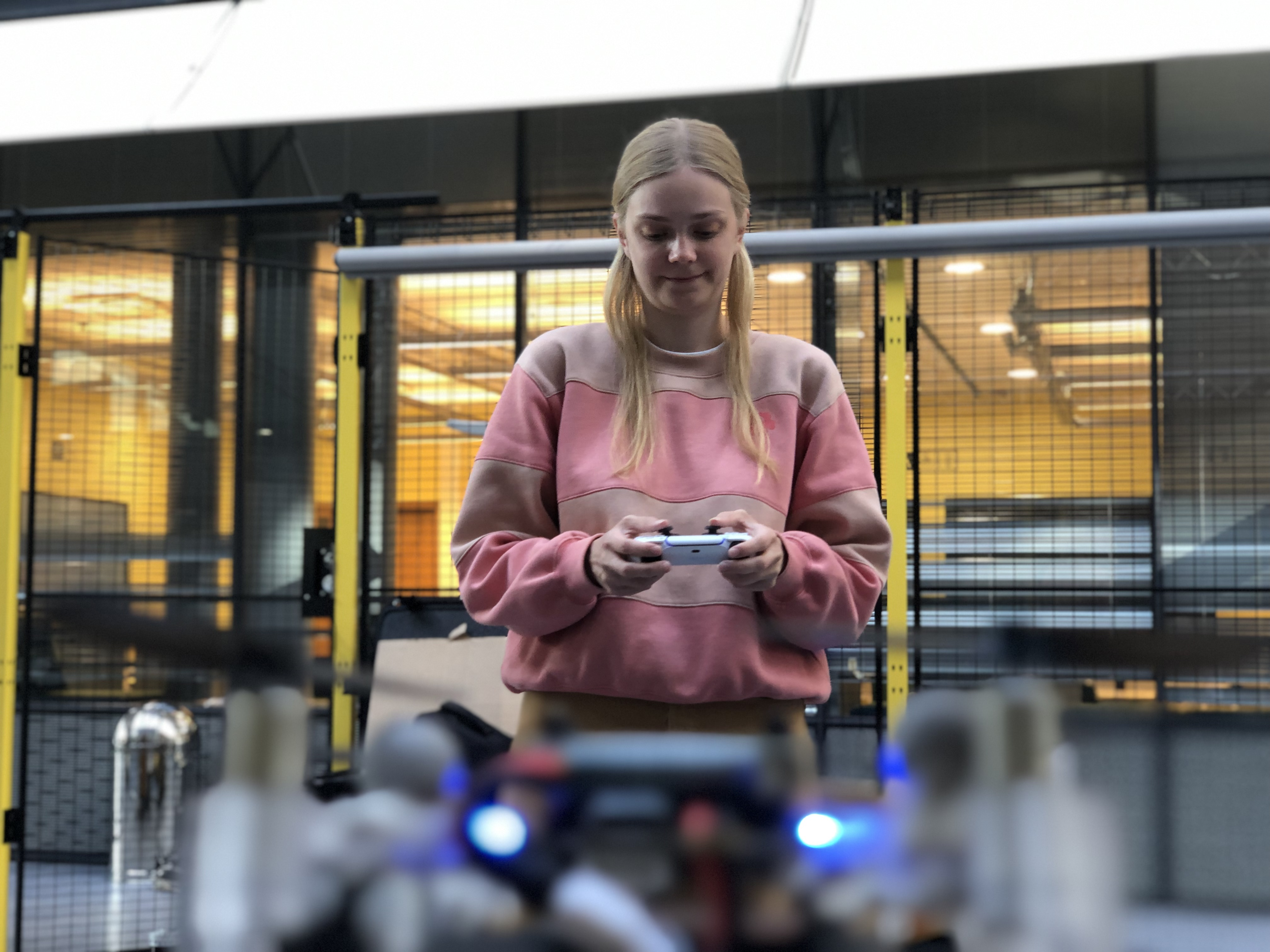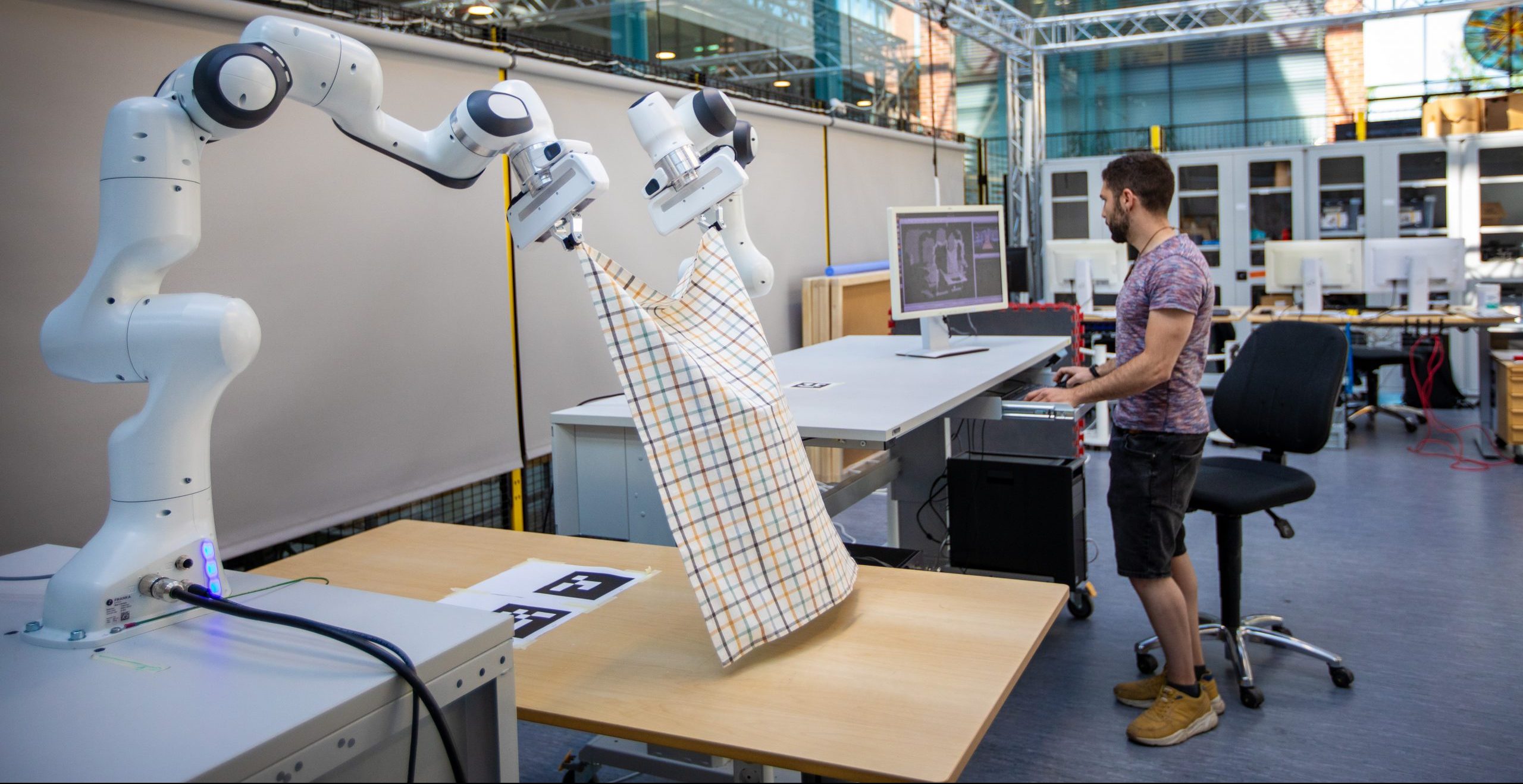Category: Uncategorized
Summer Internships Open
Read more and apply!
Interactive Identification of Granular Materials using Force Measurements
To be updated. The code and dataset are available at https://github.com/samhyn/granular_identification
Master’s Thesis Topic on Discriminative Filtering/Feature Extraction for Classification of Tactile Signals
We are currently seeking for a motivated and talented master’s student to work on discriminative filtering and feature extraction for classification of tactile signals.
Master Thesis on “Teleoperation and Assistive Systems”
We are currently seeking a motivated and talented master’s student to work on developing a Teleoperation and Assistive system for robotic systems as part of their master’s thesis.
Intelligent Robotics @ IROS 2024
The Intelligent Robotics Group will be at IROS 2024 with six conference papers and two workshops
Meet us at ICRA 2024!
Learn about our recent work at ICRA 2024. Read more!
See you soon at IROS 2023!
The Intelligent Robotics group will attend to IROS 2023 in Detroit. Read more!
Summer Internships at the Intelligent Robotics Group
Every year the Intelligent Robotics Lab hires summer interns for a multitude of projects, ranging from infrastructure projects to advanced research topics. Two summer interns who recently finished their summer stay in Helsinki in 2023 are Tiia Tikkala and Sergio Hernández, both supervised by Dr. Kevin Sebastian Luck.
Master thesis topics are out
Are you a student interested in working with real robots on a challenging master thesis? Check our the open topics!
Explainable Interactions between Humans and Autonomous Systems
With the growing advancement of robotics research, there is a growing need for people-friendly communication between robots and humans. On one hand, the decisions of the autonomous system need to be understandable to humans, and on the other – humans need to be able to specify commands in a way that is natural to them. […]
